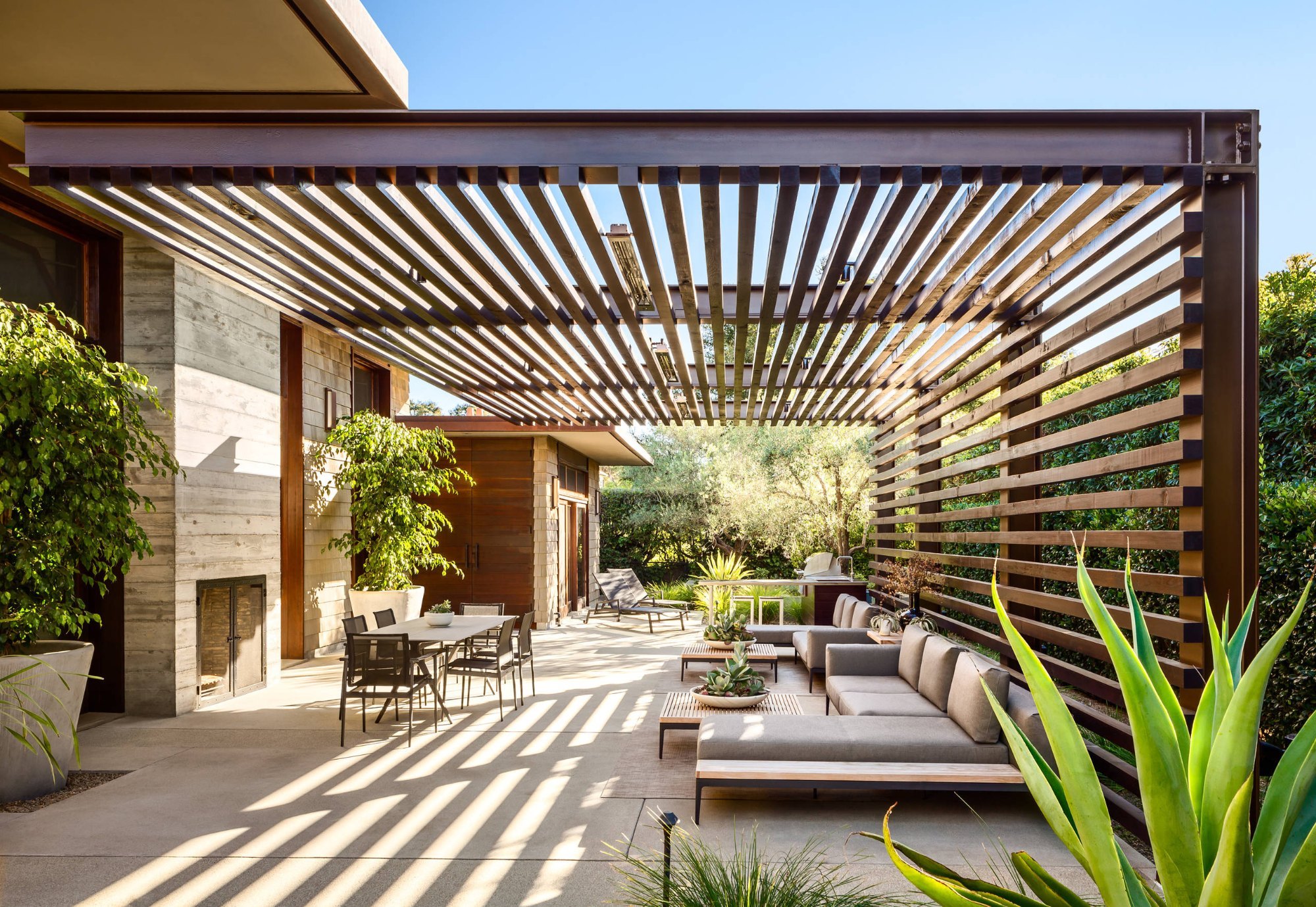Pergola
Shade, Style, and Serenity with Every Pergola.
Where Style Meets Purpose: Pergolas Redefined
Step-by-Step Guide: Building a Pergola with the TGI Team
1.Initial Consultation
Our team will visit your site to understand your vision, evaluate the space, and discuss your requirements, style preferences, and budget.
2.Custom Design
Based on your input, we’ll create a tailored design plan for your pergola, detailing the size, shape, materials, and overall aesthetic.
3.Material Selection
We help you choose the best materials for your pergola, whether it’s wood for a natural feel, metal for a modern look, or vinyl for low maintenance.
4.Approval and Scheduling
Once the design and materials are finalized, we’ll schedule the project and ensure all necessary permits are obtained (if required).
5.Site Preparation
Our team will clear and prepare the site, ensuring it’s level and ready for installation.
6.Installing the Foundation
For stability, we dig footings (if needed) and secure the posts with concrete, ensuring they are perfectly aligned and sturdy.
7.Framework Construction
We install the horizontal beams across the posts and attach rafters to create the pergola’s structure. Our experts ensure every component is securely fixed and properly spaced.
8.Shade and Custom Features
Depending on your design, we can add lattice work, decorative elements, or even integrated lighting and shade solutions for added functionality.
9.Finishing Touches
The structure is sanded, painted, or stained as per your preference. If using metal or vinyl, we ensure it’s polished and clean.
10.Landscaping and Add-ons
If desired, we enhance the surrounding area with greenery, climbing plants, or outdoor décor to complete the look.
11.Final Walkthrough
After completion, our team will walk you through the project to ensure every detail meets your expectations.
Aftercare Guidance
We provide tips on maintaining your pergola to keep it looking beautiful and standing strong for years to come.















